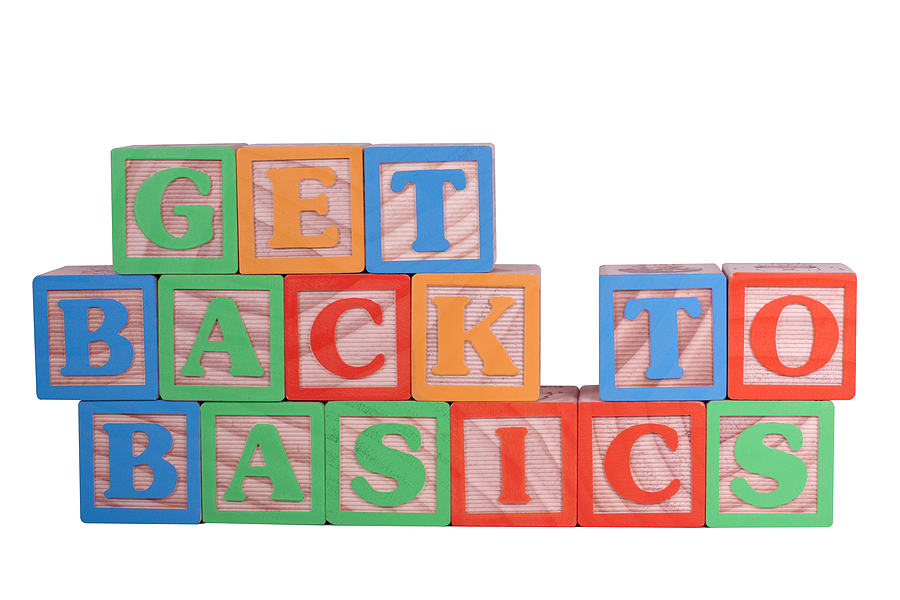The importance of sports for children is neglected by so many parents lately, especially because those are too busy to encourage children to practice sports. It is not easy for parents. The child must probably be taken to the swimming pool or to the gym two or three times a week, and this is time consuming. Even so, the effort is fully justified, and your child will thank you later for being so insistent. If we are talking about swimming, the advantages could be huge!
What is aquatic education?
The aquatic education is the unofficial name of teaching the children about the benefits of aquatic sports. It is a great start in life for children. The advantage of such activity is the decreased pressure in the bones. It has effects for the physical development of the child, simulating the capacity of concentration and the immunity, and also the quality of sleep that follows the aquatic activities. Children that practice swimming are more confident, and more independent.
Which is the optimal age for swimming?
During the first years in life, children are not scared, and they manifest curiosity. For a child, the world is limitless, filled with challenges and interesting experiences. For parents, the world can be full of dangers, and water is one of those. Even so, the positive effects of swimming on the health state are well known, and recommended since the early ages.
The first months in life represent a period in which the best immediate results can be obtained. By putting a child that can’t even walk in water, you will help him or her to develop basic locomotion skills, which will be helpful later, when the child will learn to walk. Water is a protective and stimulant environment for children, because of lack of gravity.
What could children learn by swimming?
The aquatic education programs are designed to help people to familiarize with the water, and to participate to a series of enjoyable and safe activities. The fun games can contribute to the development of the basic swimming moves, and to increase the “water awareness” of the child by exploring and having fun.
0-12 months – the babies will learn to hold their breath, to dive, splash and kick. For the start, the baby requires the entire attention of the instructor, but later, he or she will be able to swim for five seconds and even to jump in the pool from the side of the basin.
12-24 months – the child already uses the arms and legs more actively. He will be able to dive longer, and he will also swim on the side of the pool, from where he will jump.
24-36 months – the child swims independently in the water, lifting his head to breathe. He will also coordinate breathing with diving and floating, and with the moves of the arms.
3-4 years – the child is independent in water, with a good coordination and with solid swimming moves.
The advantages of swimming since the early ages are obvious, as this offers unique developing experiences. The children learn to explore the aquatic environment, engaging with other kids at the same time. It is a fun group activity with so many benefits child to swim.
